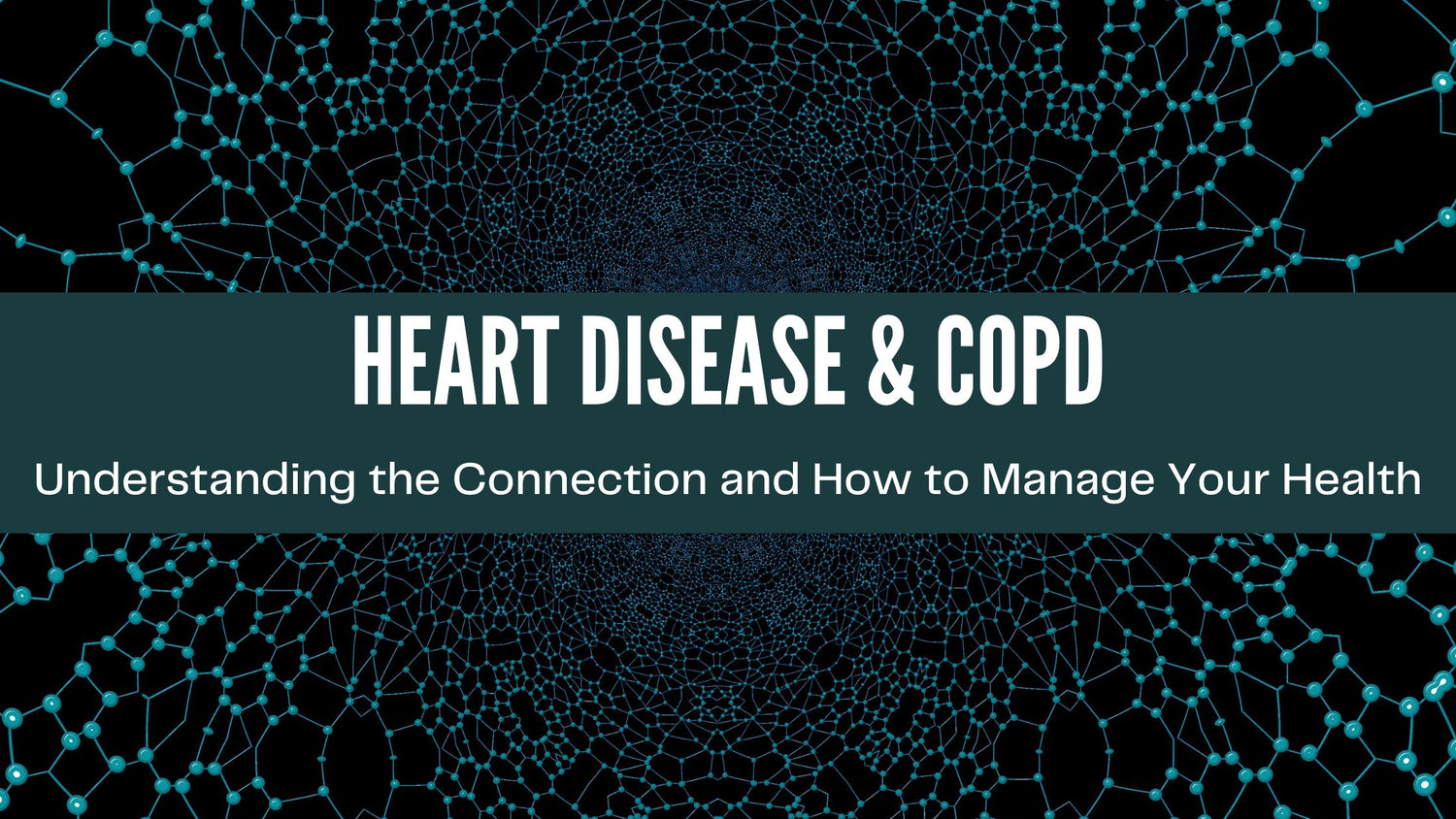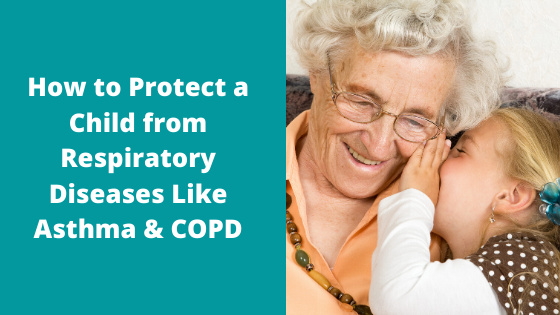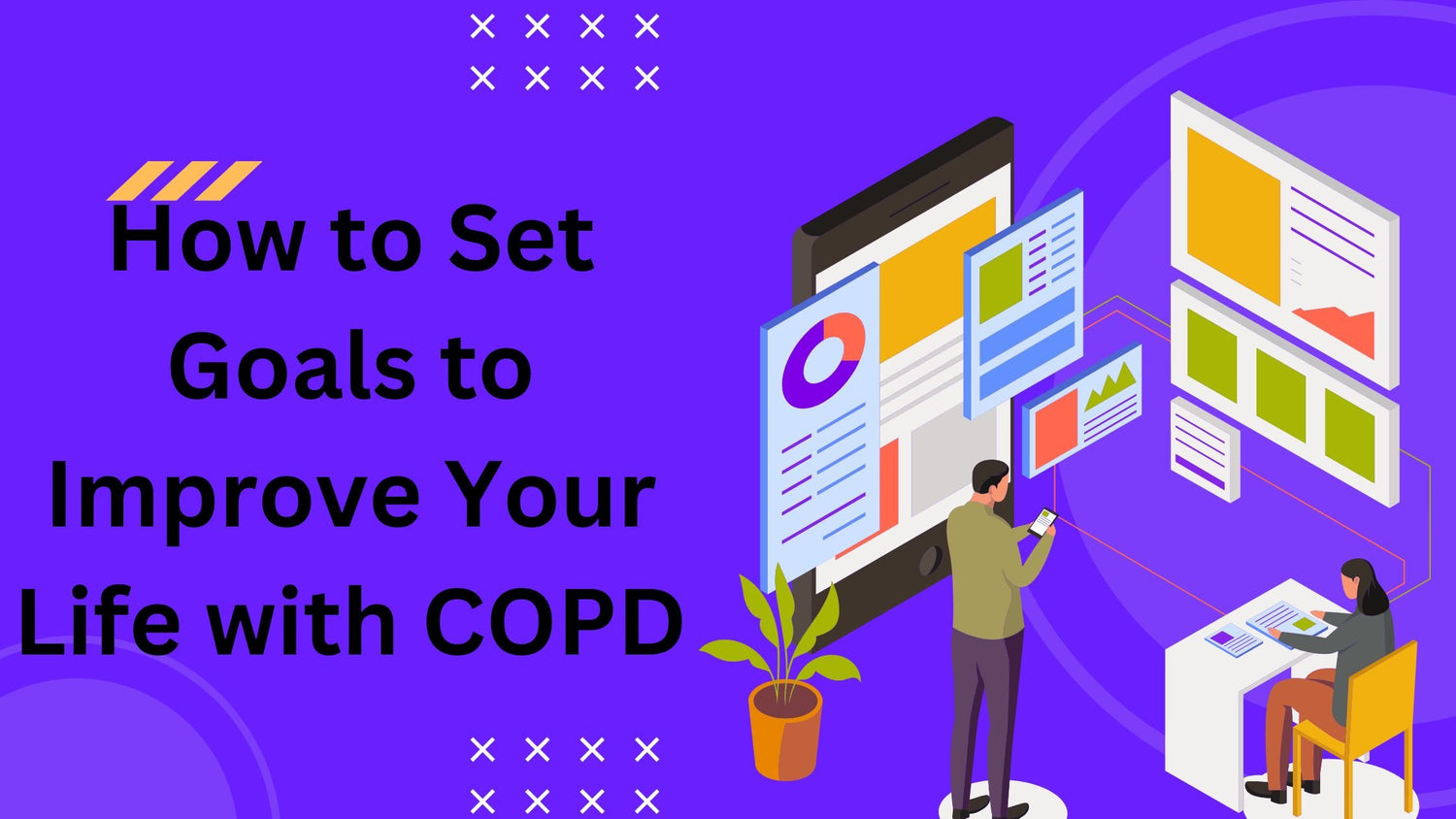Respiratory Resource Center - LPT Medical
Heart Disease and COPD: Understanding the Connection and How to Manage Your Health
It's long been known that COPD and heart...
Read MoreHow to Protect a Child from Respiratory Diseases Like Asthma & COPD
If you are a parent or guardian, then...
Read MoreHow to Set Goals to Improve Your Life with COPD
If you're like just about everybody else in...
Read More


